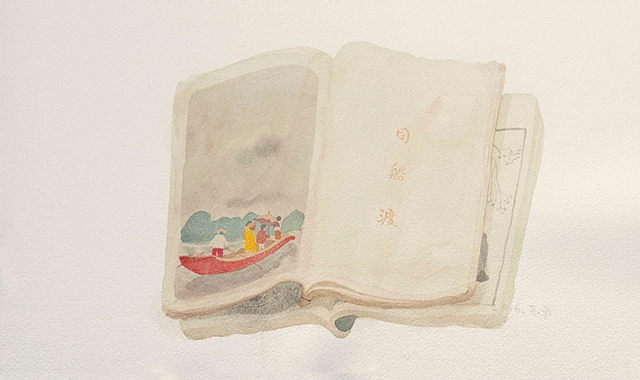
“Salt-Roasted Ginkgo” is a small-scale sketch by Wang Yuping. The center of the picture is a small white bowl containing white ginkgoes with red nuts. This highlights the artist’s approach throughout the exhibition—there is often no clear background or distinct edges in the image as Wang Yuping uses subtle changes in colors to reproduce the objects in a non-imitative way.
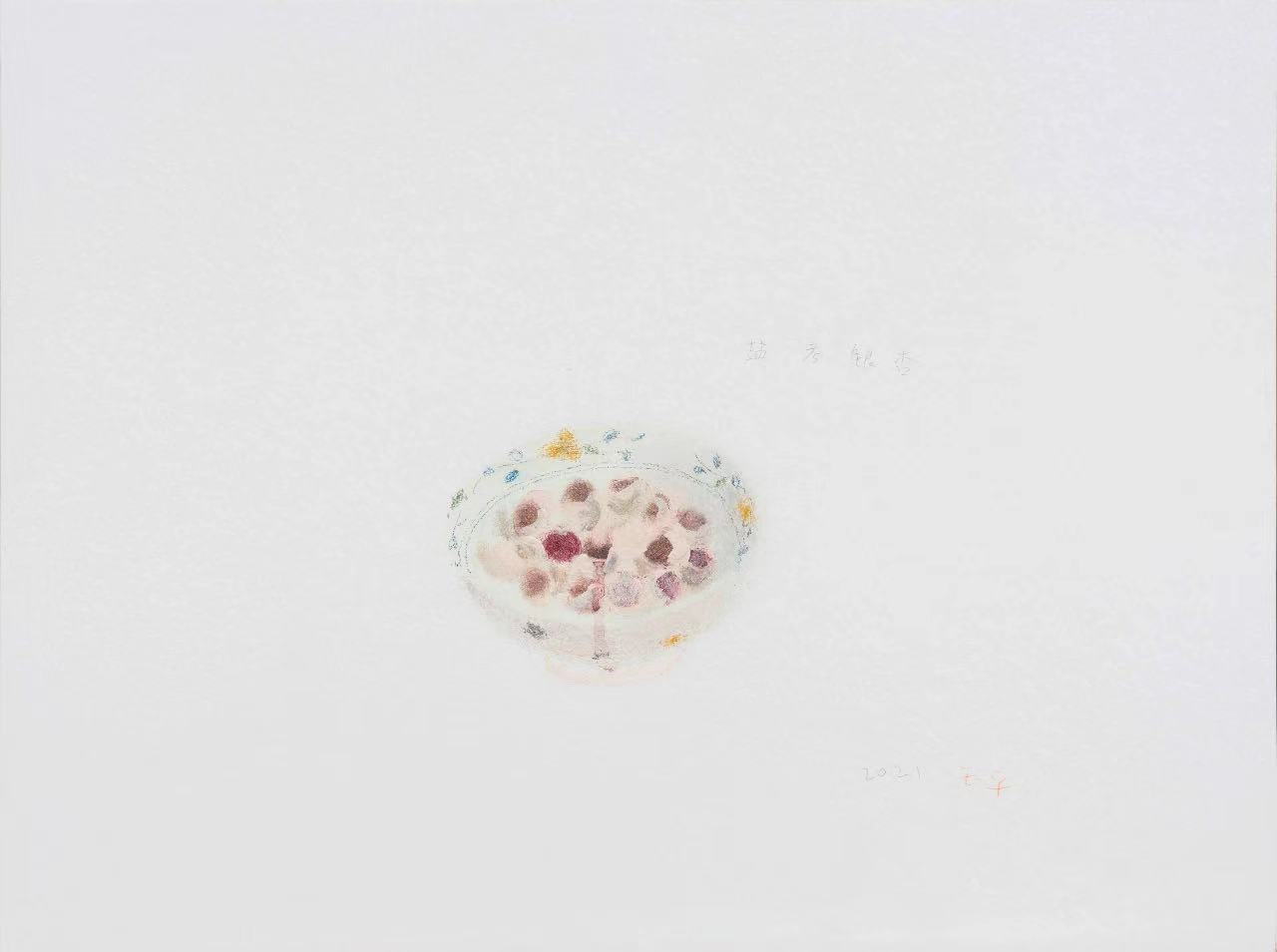
Wang Yuping, Salt-Roasted Ginkgo, 42×56cm, Watercolor on paper, 2021
The work with the same title of this exhibition was hung at the entrance of the exhibition hall, welcoming spectators to watch his latest solo exhibition, which opened on September 4 in the main gallery of Platform China Contemporary Art Institute at the 798 Art District. This exhibition displays more than 30 paintings by the artist on the theme of still life in recent years. While demonstrating the artist’s persistent keen grasp of colors, it also highlights the pleasure and emotional changes during his life.
In this representation that is different from the traditional perspective, an image ceases to be a Platonic illusion that replaces the absent object, nor is it the reference object of scientific observation. Their existence is positioned in the relationship with the artist. Wang Yuping’s observation of objects in his still life paintings is just like what he has conducted in his previous sketches of Beijing, but he takes a step further. Wang Min’an, who is the academic adviser of the exhibition, said that the objects Wang Yuping depicted are those close at hand in his private life, and they fill the space where he works and lives every day, they even constitute the atmosphere of his daily life and also become the extension of his body.
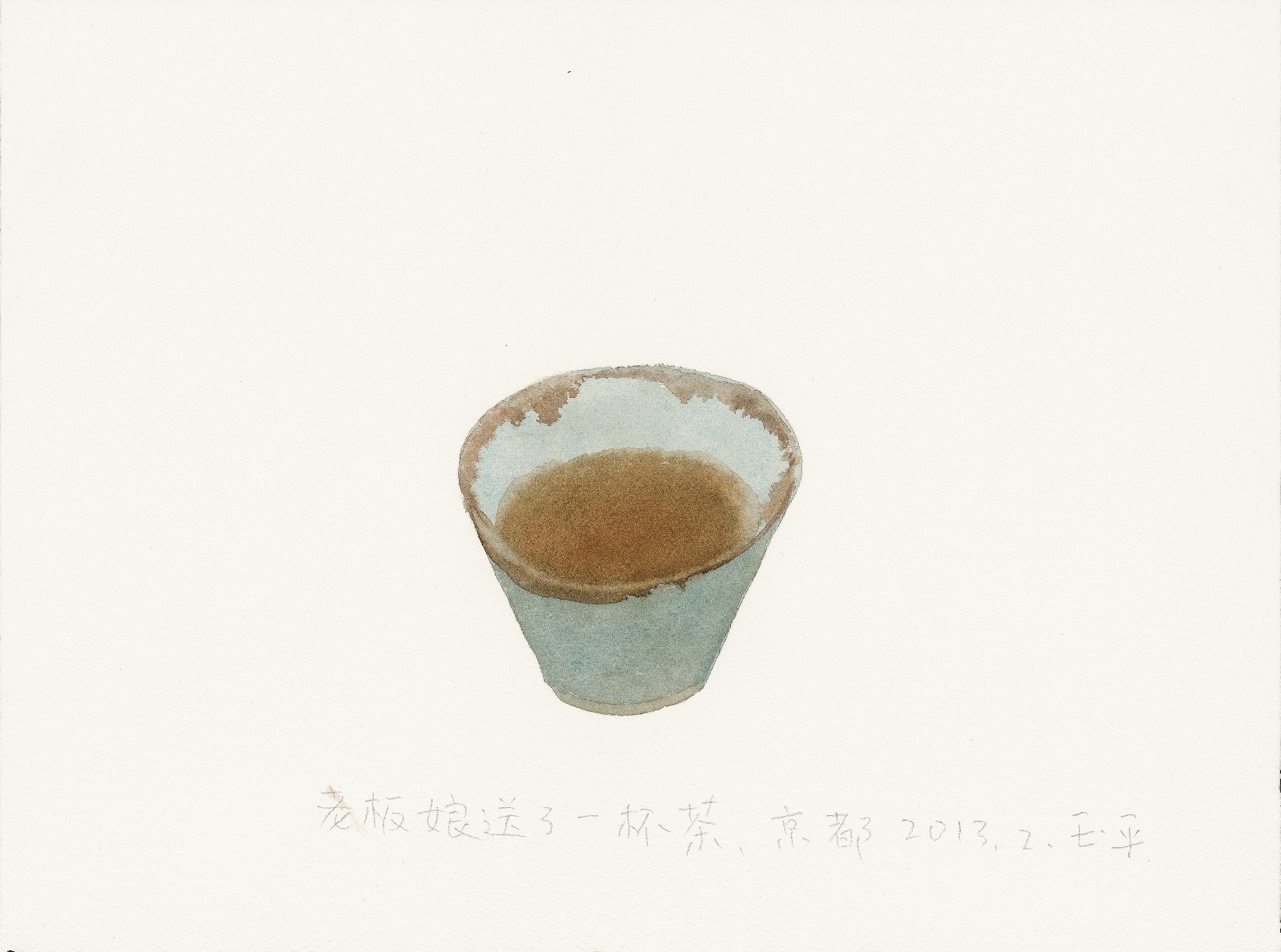
Wang Yuping, Tea Cup, 23×31cm, Watercolor on paper, 2013
Therefore, these paintings on still life break through the boundaries and are closer to the traditions of the Chinese literati, becoming objects of daily life, and the significance is aesthetic. Wang Min’an stated that: “Wang Yuping eradicated the functions of these objects. Here, cakes and bread are not for eating, shoes are not for wearing, chairs are not for sitting and cups are not for drinking water, and books are not even for reading. On the contrary, they are appreciated as living stunners.”

Wang Yuping, Ashtray-1, 29.7×42cm, Acrylic on wood board, 2021
This statement seems to be pretty “bourgeoisie”, according to Roland Barthes’ classic analysis of advertising images. A smaller manuscript is hung on the wall in the front of the exhibition hall, with the artist’s narration: “This painting was probably created in 1988. I painted something like this before and after it. If looking at it as a retrospective, originally I had vulgar and soft thoughts.” Compared with his representative works in an expressionist style in the 1990s, the Morandi-style soft tone of this painting is unique even considering the erosion of time, it is no wonder that Wang Yuping would laugh at himself as “being vulgar.” However, the works on the wall also have otherworldly tension, European-style ceramic coffee cups, a bite of a jam sandwich, an ashtray waiting to be cleaned... these ordinary objects have undergone transformation in the artist’s paintings, and they are no monuments, commodities, or sacred objects, this transformation has returned to an original connotation of aesthetics: reshaping the world with sensibility. Through Wang Yuping’s reshaping, things became soft and light. The bowl full of salt-roasted ginkgoes on the screen is like a sponge, and the delicate spots are its holes, ready to be absorbed and allowed to escape at any time.

Wang Yuping, Breakfast-2, 29.7×42cm, Acrylic on wooden board, 2020
These sketch-style paintings are like the photos Barthes discussed in his later period: the ordinary objects themselves have the characteristics of “studium”, marking the “vulgar” side of the artist’s daily life; meanwhile, these objects also have a “punctum” side, which does not only attract the attention of the artist, but also mobilizes the aesthetic consciousness of spectators.
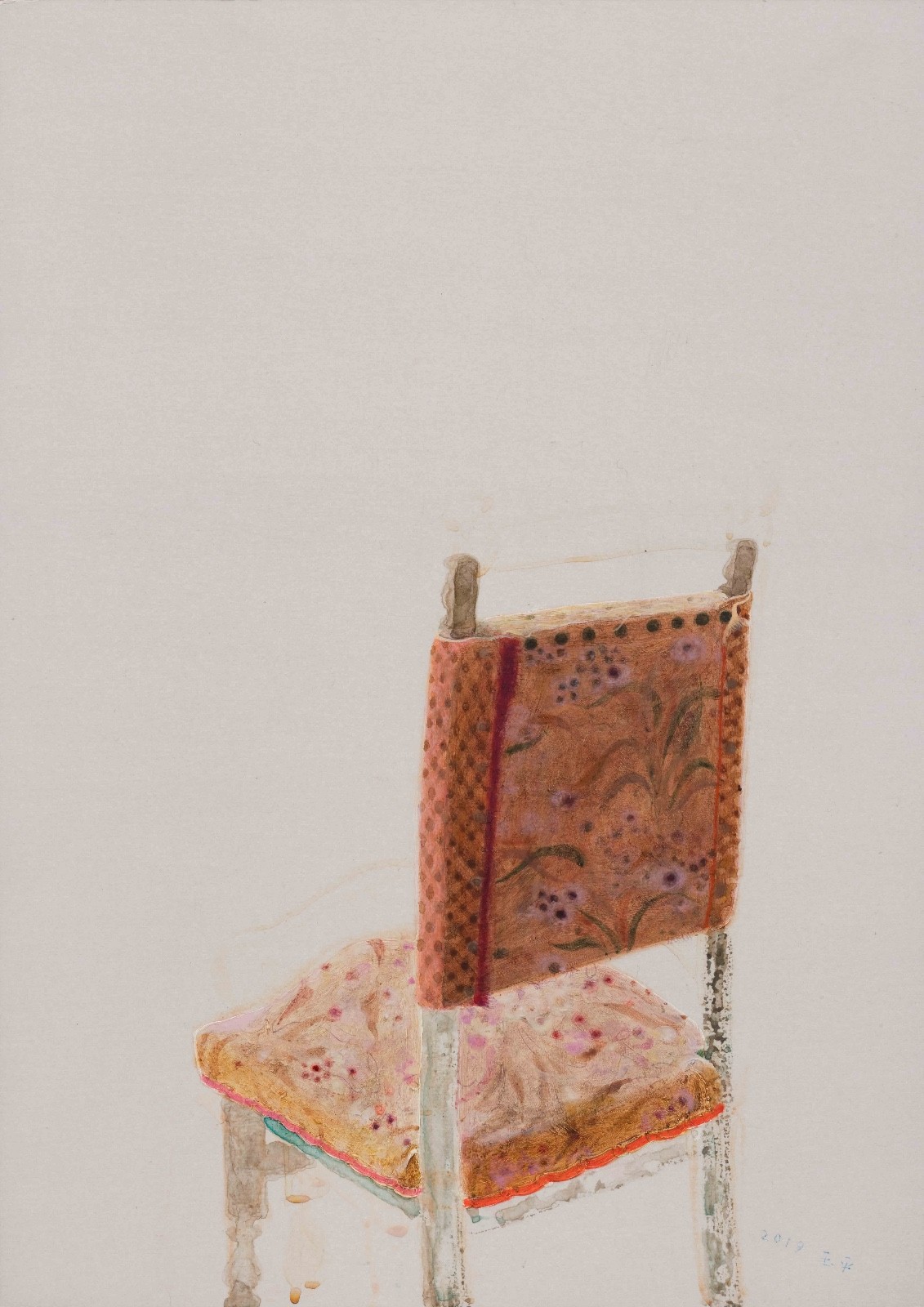
Wang Yuping, Chair, 42 × 29.7 cm, Acrylic on wood board, 2019
Wang Min’an refers to this characteristic of image as a “cute mythology”: “Wang Yuping paints objects with brisk and lightening colors. He hardly uses black and white, and rarely uses solid and heavy colors. He tries to eliminate the sense of dignity in any objects. The colors he paints on objects are rich and varied. These diverse colors are mixed with pink or red, thus they look festive, cheerful and relaxed. These festive colors happily jump on the screen and they make things talk as if they have a sense of liveliness, a sense of joy, a sense of relaxation, and a sense of lightness. This is something without a sense of tragedy, or even a sense of bitter fate.”
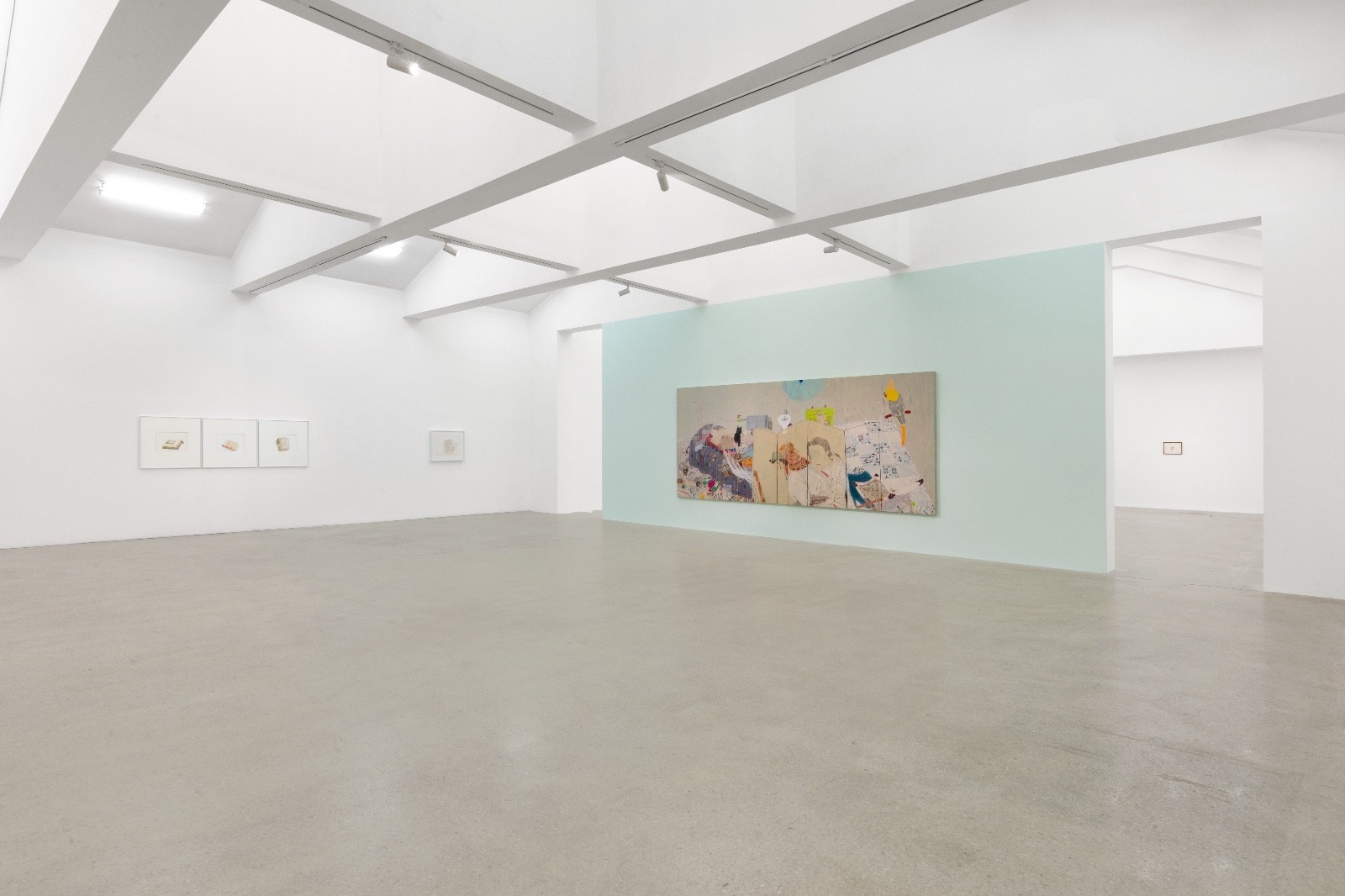
Installation View
Just like the elegant offerings on the desk of the ancient literati, the ordinary objects in Wang Yuping’s paintings oscillate between the elite and the masses, the elegant and the vulgar. This may explain why Wang Yuping especially likes Japanese Ukiyo-e. Many of the works in the exhibition depict his collection of Ukiyo-e catalogues. In a large-scale work “White Horse, Ukiyo-e” at the end of the exhibition hall, the names of famous Ukiyo-e artists such as Toshusai Sharaku and Utagawa Hiroshige are clearly depicted—the images they created in the commodity production system have now become classic masterpieces. The bold use of colors in Ukiyo-e may make Wang Yuping resonate with it. In the art history, it is Ukiyo-e that stimulated the development of European modernist art...Although it is not the original intention of the artist, the exhibition concretely presents a wonderful interactive presentation that art can span the history of time and space.

Wang Yuping, White Horse, Ukiyo-e, 206×240cm, Acrylic on canvas, oil pastels, 2021
Wang Min’an commented: “It is because of the ordinary nature that these emotions are not agitated. It is because of the ordinary nature that it is not a grand and deep memorial, nor is it a monumental landscape in museums; While endowing these things with glory, he does not make them scared in a fetishistic way; these things are neither antiquities, nor sacred objects, nor strange things; they are not passionate things, not like images portrayed by Van Gogh or the expressionists as they expose the inner power of things, or allow these things to undergo strong turbulence and shaking; on the contrary, these things that Wang portrayed are not exaggerated, not radical, not dazzling, or irritable. Wang Yuping endows them with a gentle and introverted emotion. Objects, trigger ripples of emotion.” Between what Heidegger calls “Vorhandenheit” and “Zuhandenheit”, objects in Wang Yuping’s paintings are reshaped into a brand-new existence by the artist’s hands, and they also serve as a medium bearing the author’s historical experience while practicing a new phenomenology that connects people and objects, spectators and authors.
Text by Luo Yifei, translated by Sue/CAFA ART INFO
Image Courtesy Platform China Contemporary Art Institute
Reference:
1. Wang Min'an, Soft Memories of Objects, Platform China Contemporary Art Institute, 2021.
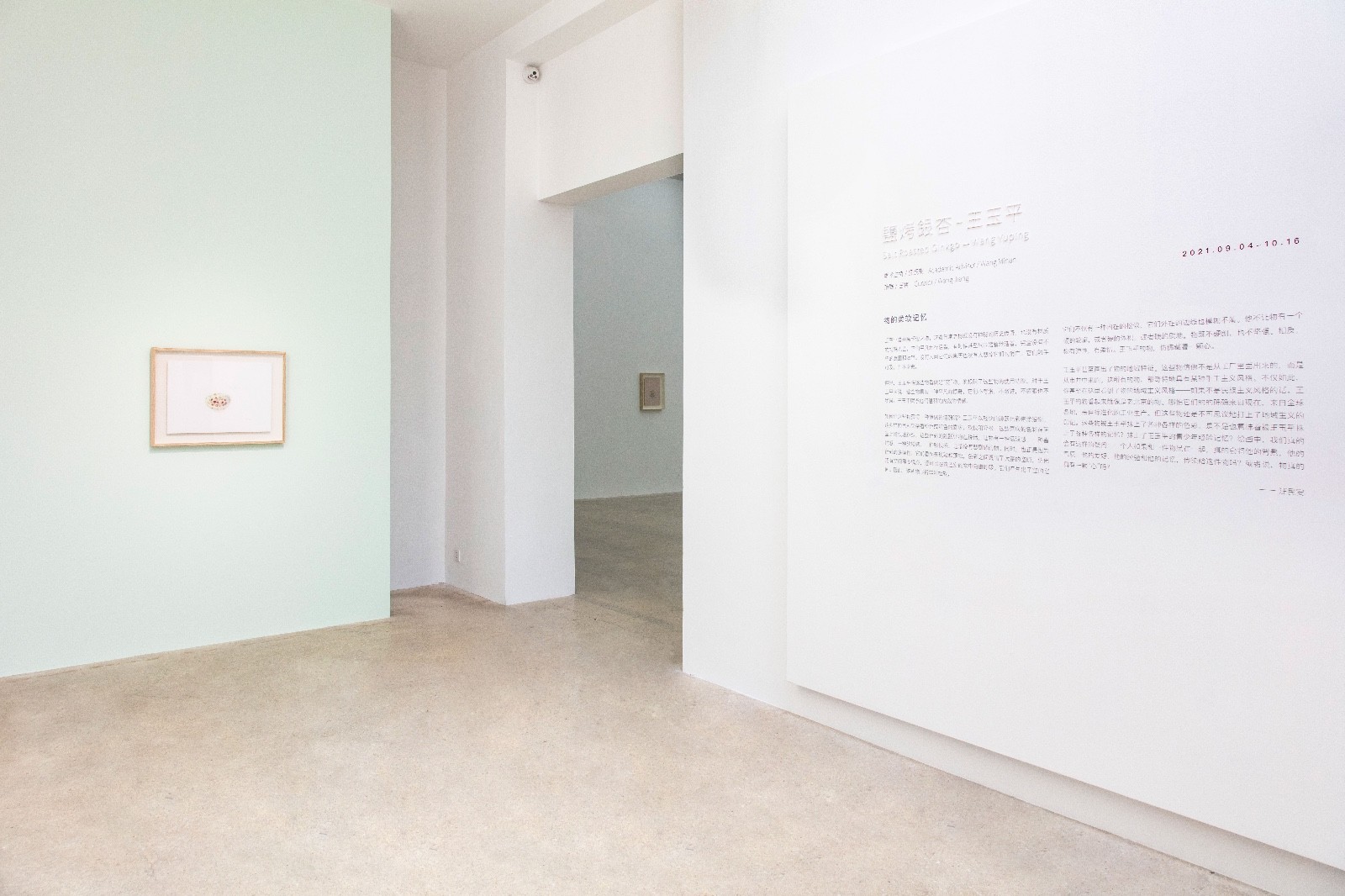
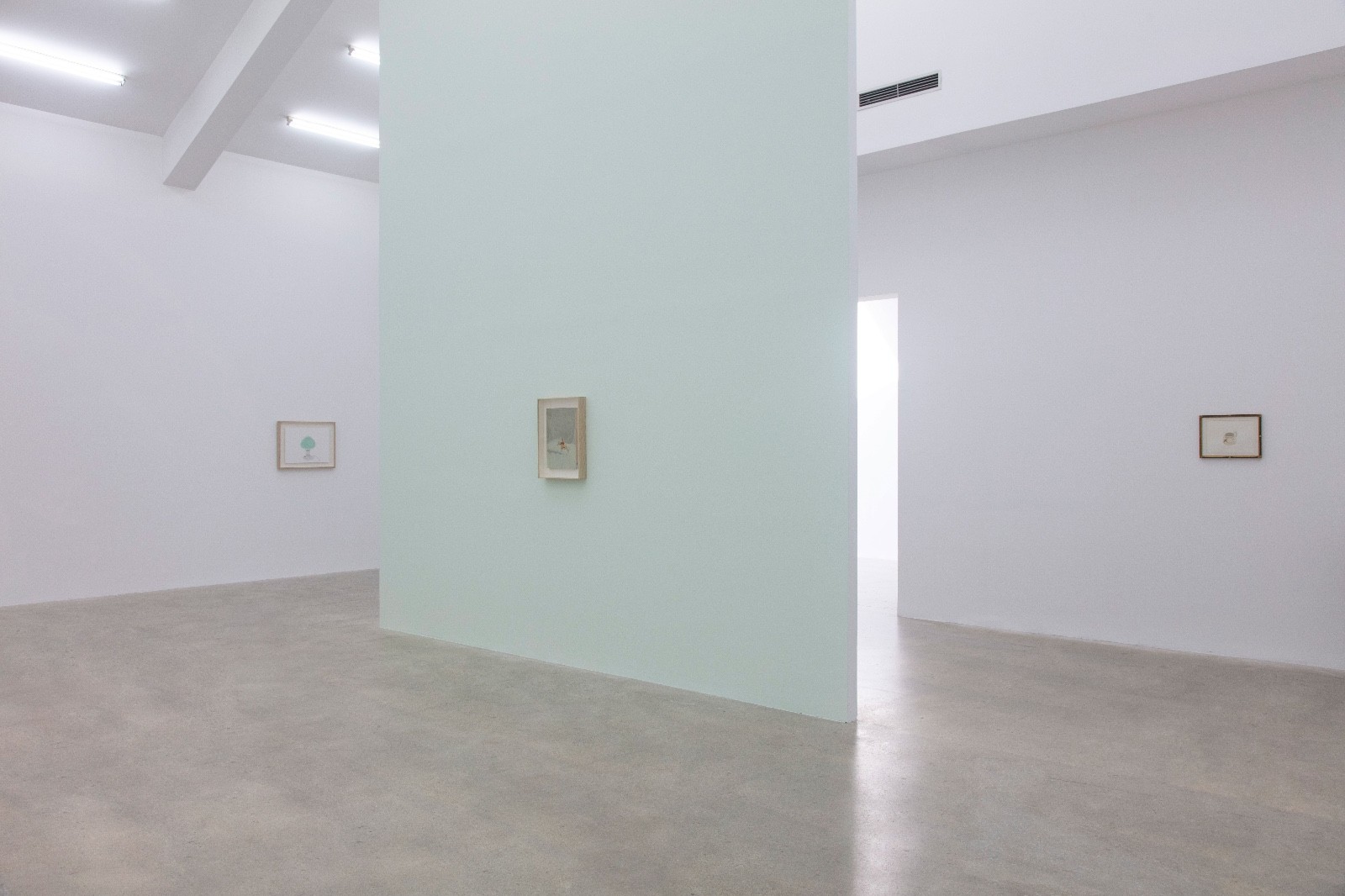

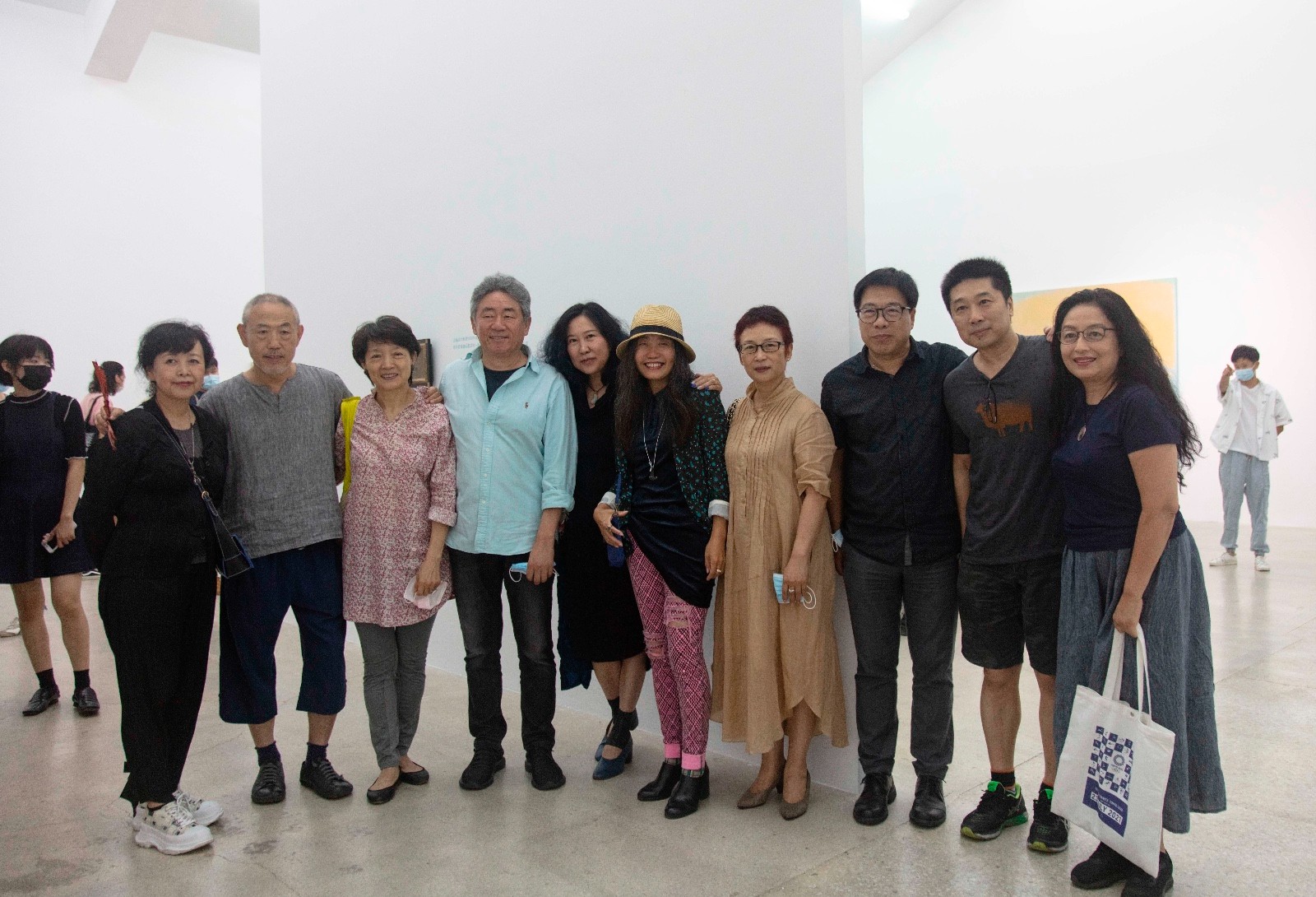

Exhibition ViewAbout the exhibition
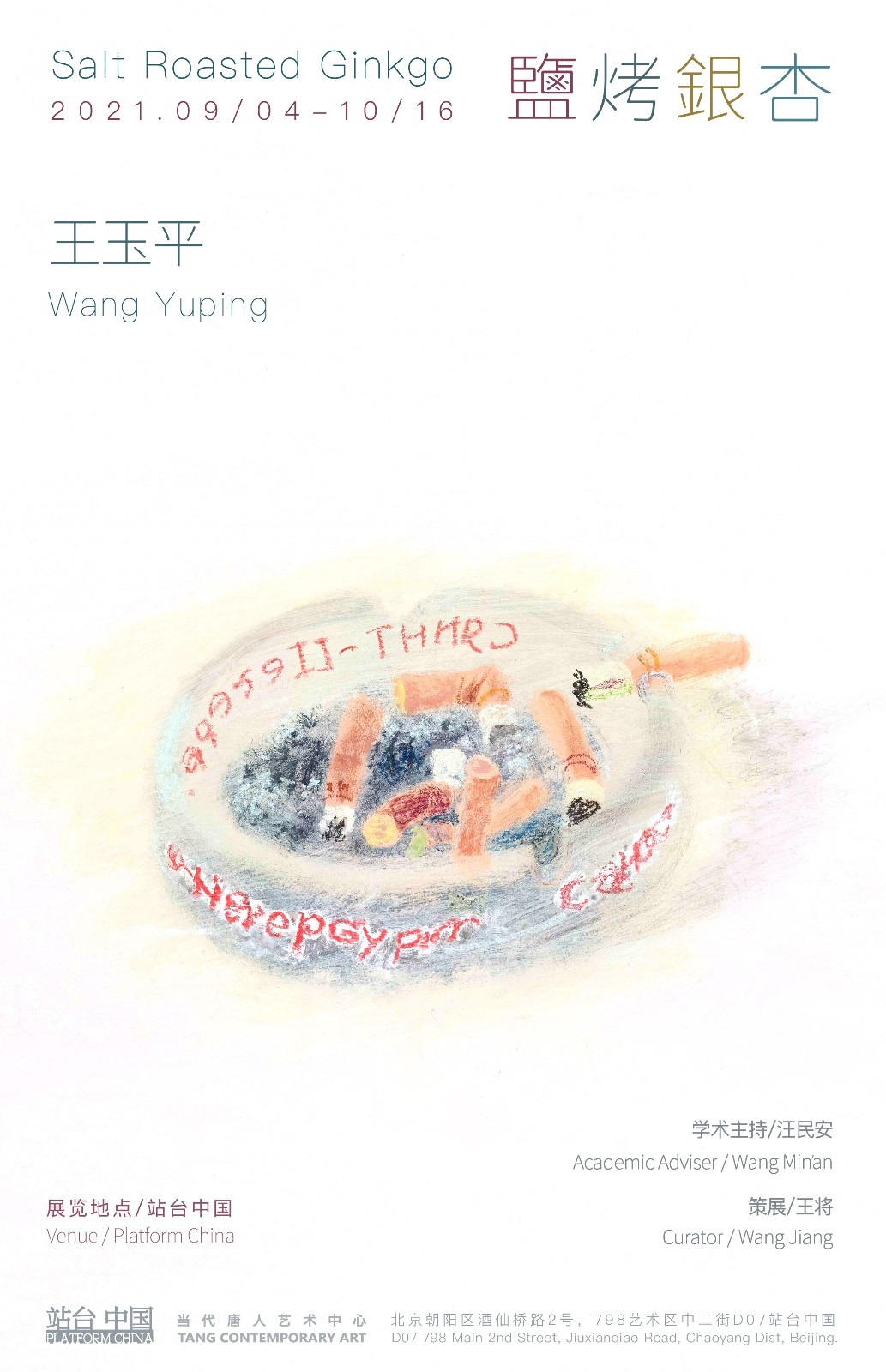
Academic Adviser: Wang Min'an
Curator: Wang Jiang
Dates: 2021.09.04 - 10.16
Opening: 2021.09.04 15:00
Venue: Platform China Contemporary Art Institute




























